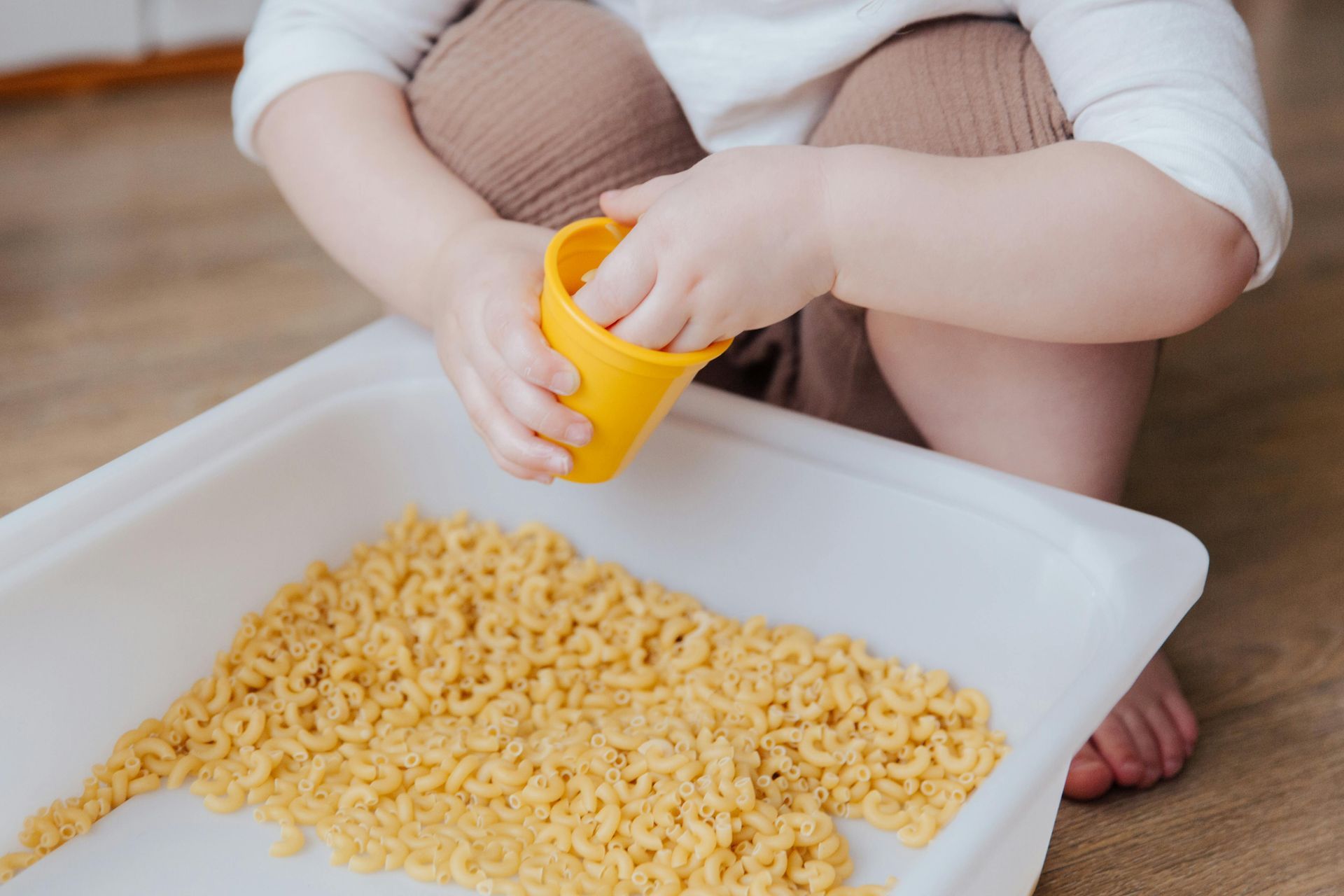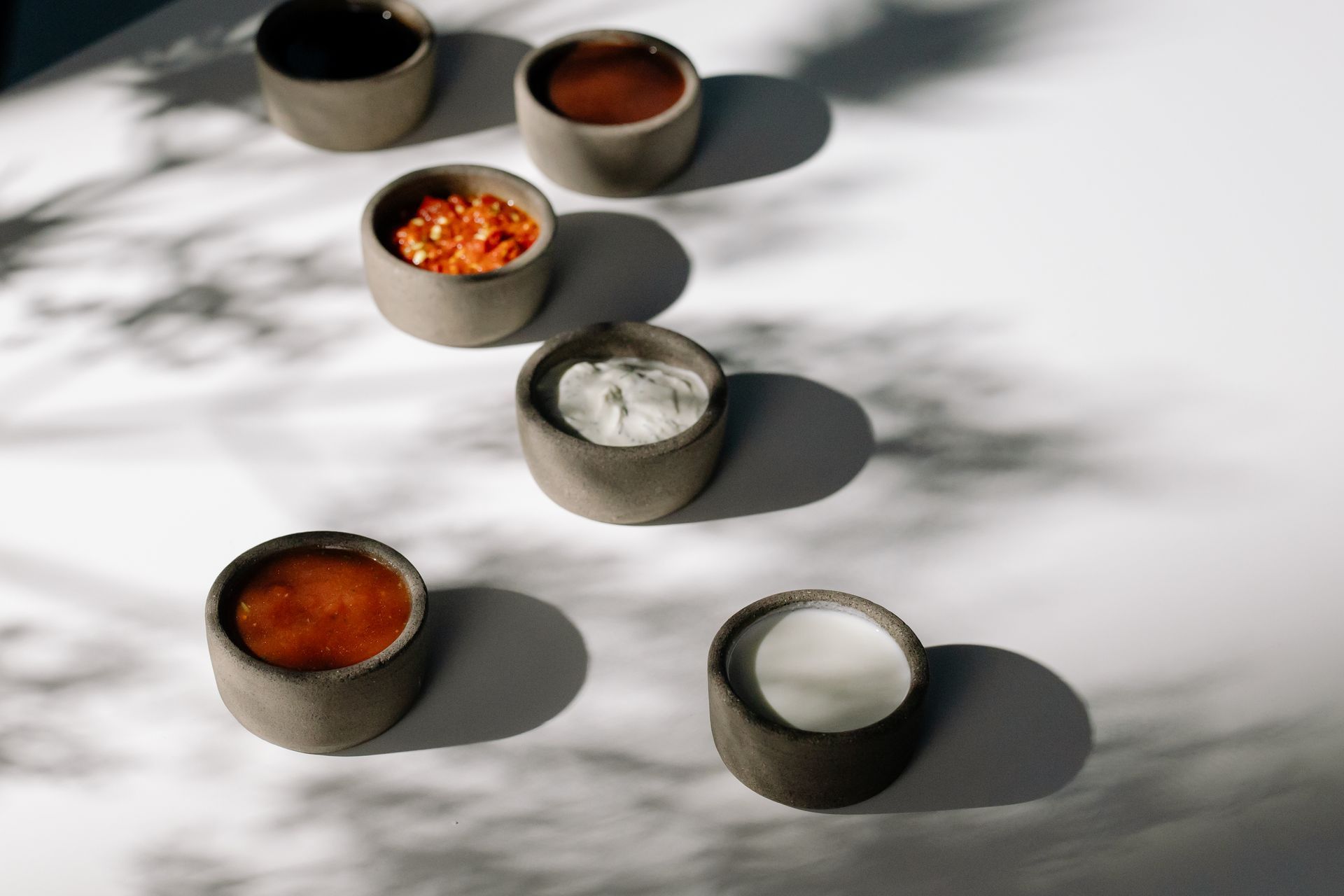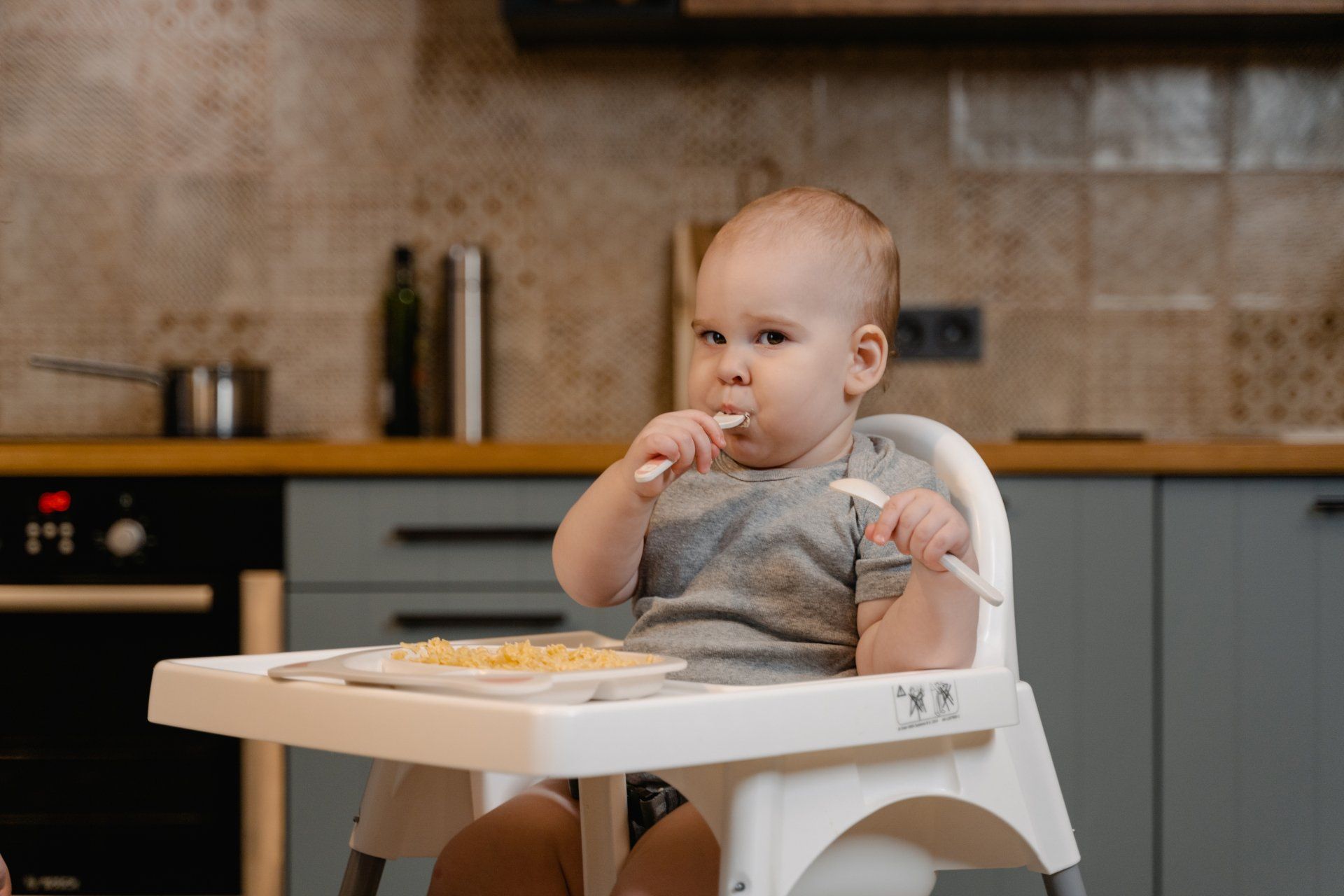How to Turn Picky Eating into Food Adventures
The Power of Visual Imagery
Hey there, parents! Do you find yourself locked in a battle of wills at the dinner table with your picky eater? Trust me; you're not alone! The struggle to expand kids' food horizons can feel like trying to climb Mount Everest in flip-flops. But fear not, because I've got a secret weapon to share: visual imagery.
The Impact of Visual Stimulation:
Let's dive into the fascinating world of visual stimulation and its profound impact on picky eaters. Picture this: a plate bursting with colors, textures, and shapes that practically dance off the table. Research by Johnson et al. (2018) reveals that this visual feast isn't just eye candy; it's a powerful tool to coax even the fussiest of eaters into trying new foods. Similarly, Anzman-Frasca et al. (2012) found that making fruits and veggies visually appealing increased preschoolers' consumption. So, we're not just talking about food; we're talking about turning mealtime into a party for your taste buds!
Tracking Progress with Visual Aids:
Now, let's elevate our approach to picky eating with the Adventurous Eater Chart. Imagine a colorful chart on your kitchen wall that's like a treasure map for your child's taste buds. This isn't just any chart; it's an Adventure Chart that categorizes foods into three zones:
1. Beloved Bites: These are the culinary superstars – the foods your kiddo gobbles up without hesitation. Whether it's spaghetti and meatballs, chicken nuggets, or macaroni and cheese, these dishes always make a regular appearance on the menu.
2. Emerging Eats: Now, let's talk about the dishes that your little one is warming up to. They're not quite in the "Beloved Bites" zone yet, but they're getting there. Think of them as the culinary explorers – maybe it's fish sticks, turkey burgers, or avocado toast. They're comfortable with these dishes but might need a little more convincing before they become regulars.
3. Adventurous Tastes: Last but not least, we have the "Adventurous Tastes." These are the ones that your kiddo is still getting used to. They might be a bit hesitant or unsure about trying them, but that's okay – it's all part of the adventure! This zone might include dishes like chicken, quesadillas, even pizza! They're still in the learning phase, but with a little patience and encouragement, they'll get there.
By harnessing the power of visual imagery, tracking progress with the Adventurous Eater Chart, and creating a food exploration environment, you'll be well on your way to banishing mealtime meltdowns and embracing a world of delicious possibilities. Bon appétit!
References:
Anzman-Frasca, S., Savage, J. S., Marini, M. E., Fisher, J. O., & Birch, L. L. (2012). Repeated exposure and associative conditioning promote preschool children’s liking of vegetables. Appetite, 58(2), 543-553.
Johnson, S. L., Davies, P. L., Boles, R. E., & Gavin, W. J. (2018). Using a visual plate waste study to monitor acceptance of new foods in a preschool school lunch program. Journal of Nutrition Education and Behavior, 50(7), 686-690.












